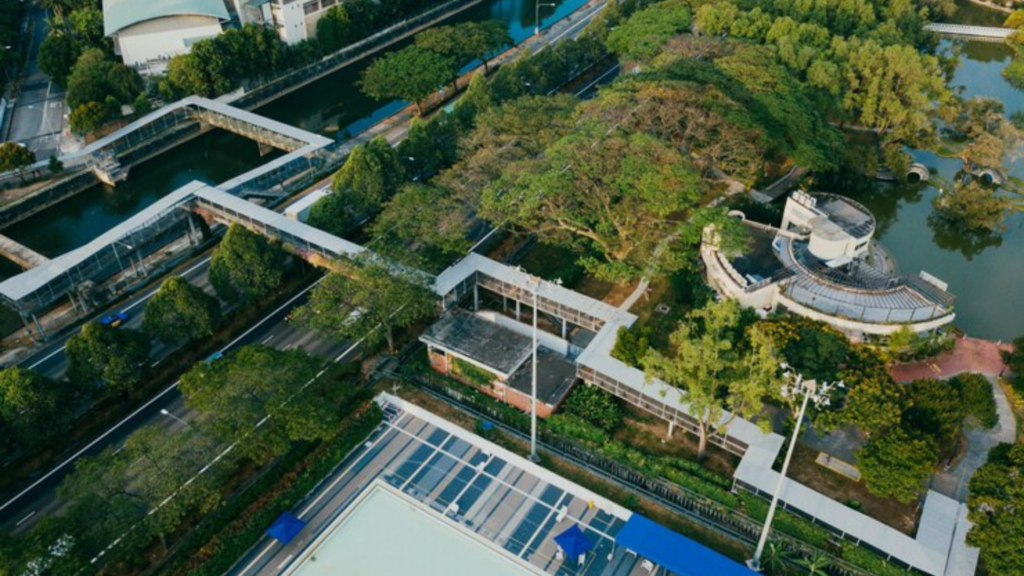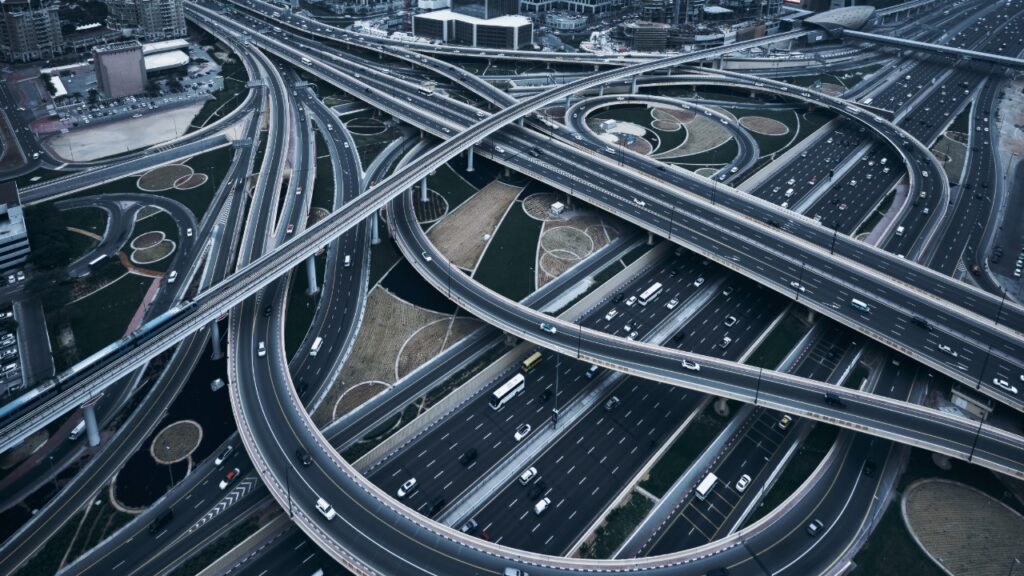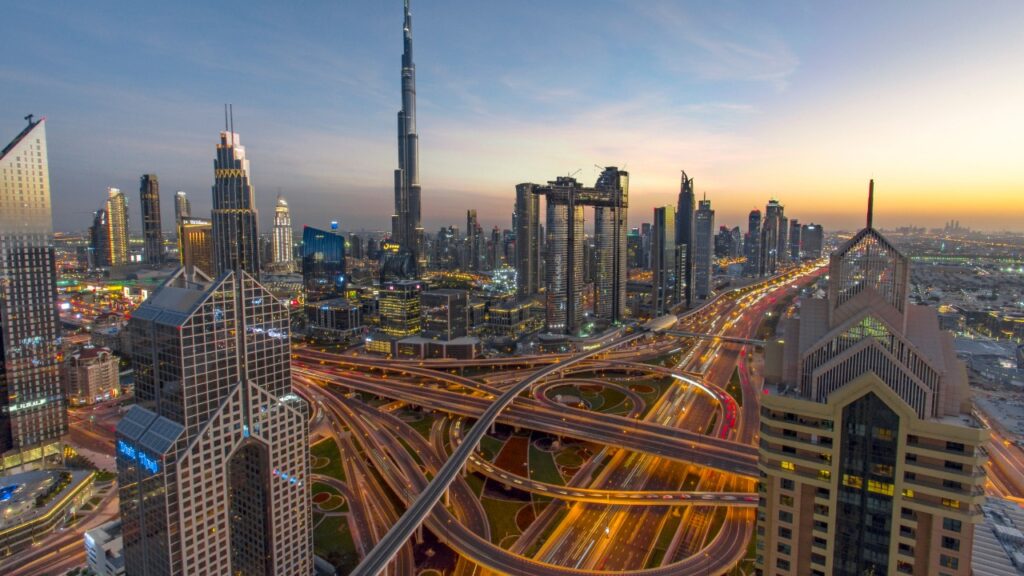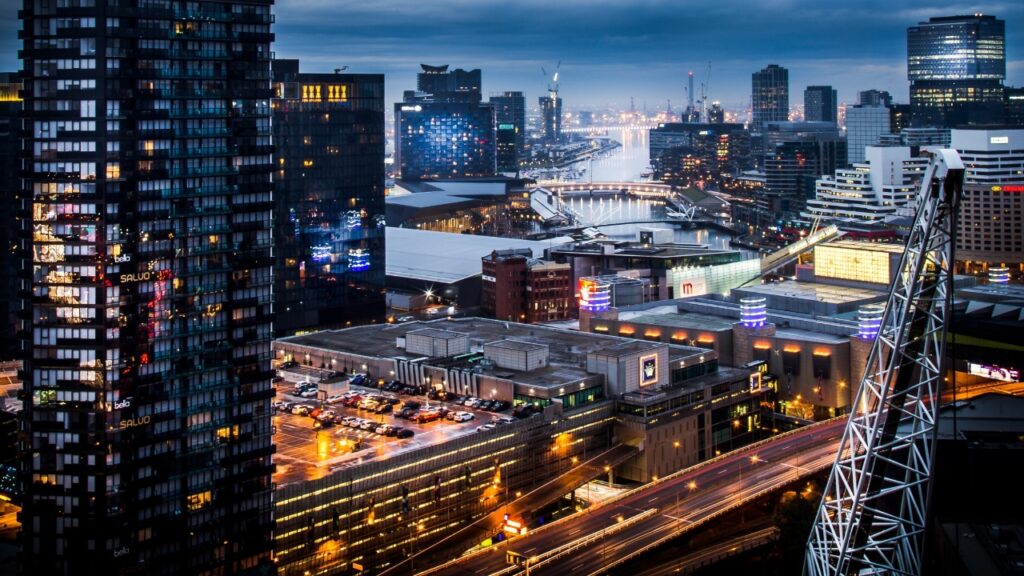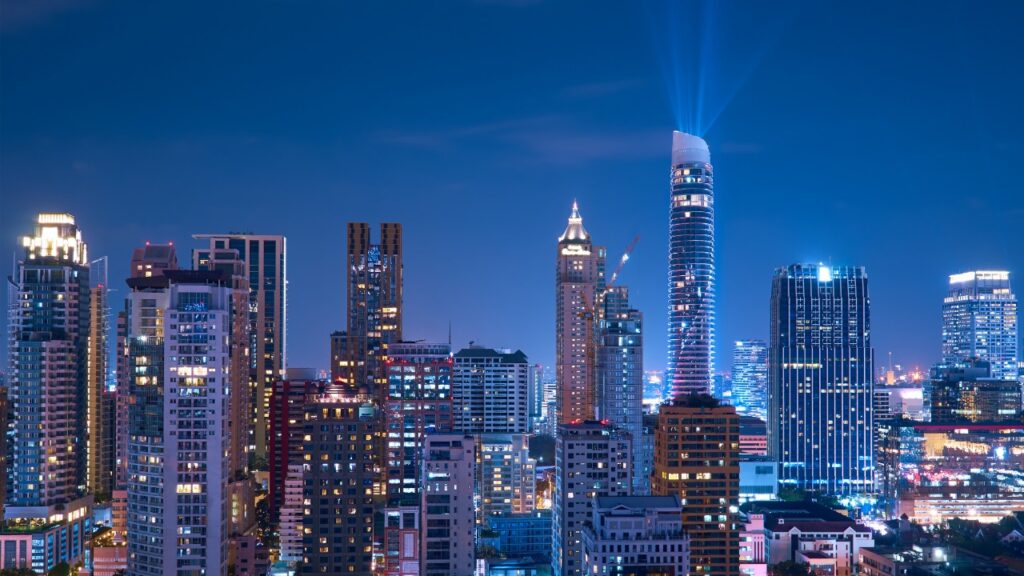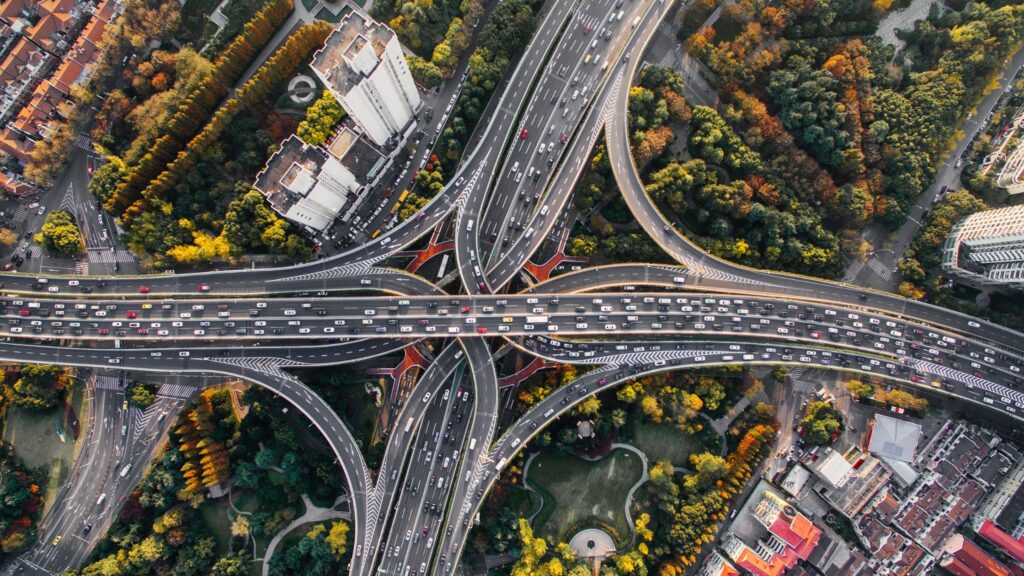Impact of Climate-Resilient Infrastructure on Smart Cities
As cities face the growing challenges of climate change, climate-resilient infrastructure has emerged as a key solution to ensure that urban environments can adapt to extreme weather conditions while maintaining functionality. In the context of smart cities, this infrastructure not only mitigates risks from climate-related events but also enhances the long-term sustainability and livability of urban spaces. Through innovative technologies and strategic planning, climate-resilient infrastructure plays a crucial role in shaping the cities of tomorrow. The Role of Climate-Resilient Infrastructure in Smart Cities Climate-resilient infrastructure is critical to ensuring that smart cities can effectively adapt to the challenges posed by climate change. The rapid urbanization and growing risk of natural disasters, including floods, heatwaves, and rising sea levels, highlight the need for robust infrastructure solutions. According to the United Nations, urban areas are expected to be home to 68% of the world’s population by 2050, and these cities will face more frequent extreme weather events, making resilience a priority. Recent studies underscore the importance of this infrastructure. For instance, the World Bank reported that climate-related disasters are costing the global economy approximately $650 billion annually. In cities like New York and Copenhagen, climate-resilient infrastructure projects have been shown to significantly reduce the costs of repairs and ensure continuity in services during extreme weather events. This resilience is achieved through the integration of smart technologies, such as sensors and data analytics, to monitor and respond to changing environmental conditions. These technologies not only enhance the city’s ability to adapt to the climate but also provide real-time information for decision-makers, improving efficiency in emergency responses and long-term planning. Climate-Resilient Infrastructure and Smart City Benefits Climate-resilient infrastructure provides numerous benefits to smart cities, starting with improved environmental sustainability. By incorporating green infrastructure, such as permeable surfaces, green roofs, and stormwater management systems, cities can better manage rainfall, reduce urban heat islands, and promote biodiversity. The World Resources Institute notes that green infrastructure can help cities reduce their energy consumption by up to 20%, contributing to both cost savings and environmental protection. In addition to sustainability, climate-resilient infrastructure enhances urban livability. For example, cities with elevated flood barriers, underground water storage, and advanced drainage systems are better prepared for floods, minimizing disruptions to daily life. Moreover, by improving mobility through smart traffic management systems and weather-resistant transport networks, smart cities offer residents more reliable and efficient services. Research from McKinsey reveals that resilient infrastructure projects can yield returns of up to 4 times the investment, as they reduce damage costs, foster long-term growth, and mitigate the risks associated with climate change. These investments in infrastructure also improve economic stability. A report by the Global Commission on Adaptation found that every dollar invested in climate resilience can generate $4 in benefits. As cities face increasing pressure from both population growth and environmental challenges, building infrastructure that can withstand these pressures will be vital for their continued prosperity. Case Studies of Climate-Resilient Infrastructure in Smart Cities Case Study 1: Singapore Singapore is a leader in implementing climate-resilient infrastructure. The Stamford Detention Tank, an underground facility designed to mitigate flood risks, can store up to 66,000 cubic meters of stormwater. This innovative system prevents flooding in high-risk urban areas and is a vital part of Singapore’s overall climate adaptation strategy. According to Singapore’s National Water Agency, this system has reduced flood risks by 30%, making it a model for other cities facing similar challenges. Case Study 2: New York City, USA The Big U Resilience Project in New York aims to protect Lower Manhattan from storm surges and flooding due to rising sea levels. This $500 million initiative integrates flood barriers, elevated parks, and smart infrastructure, all designed to reduce the economic impact of flooding. The New York City Department of Environmental Protection estimates that the project will prevent over $15 billion in damage costs from future flooding events. Case Study 3: Copenhagen, Denmark Copenhagen’s Cloudburst Management Plan is a comprehensive approach to managing extreme rainfall. By utilizing green infrastructure, such as permeable pavements, parks, and underground reservoirs, the city is able to manage heavy storms and prevent urban flooding. During the record rainfall of 2011, Copenhagen’s Cloudburst Plan successfully minimized the damage, highlighting its effectiveness in increasing the city’s resilience to climate change. Case Study 4: Tokyo, Japan Tokyo’s Metropolitan Area Outer Underground Discharge Channel (MAOUDC) is one of the largest floodwater diversion systems in the world. It collects and redirects floodwater to underground reservoirs, significantly reducing flood risks. The Tokyo Metropolitan Government reports that MAOUDC has decreased flood damage by 80%, demonstrating the effectiveness of large-scale, climate-resilient infrastructure projects in urban areas. Case Study 5: Melbourne, Australia Melbourne’s Integrated Water Management Plan focuses on sustainable water management solutions to enhance climate resilience. By incorporating green roofs, rainwater harvesting, and smart drainage systems, the city has successfully reduced flood risks while minimizing reliance on potable water. Research by Melbourne Water shows that these initiatives have reduced water consumption by 10%, demonstrating the dual benefits of climate-resilient infrastructure in conserving resources and reducing environmental impact. Conclusion The integration of climate-resilient infrastructure is essential for the development of smart cities that can withstand the increasing challenges posed by climate change. As demonstrated through global case studies, cities that invest in resilient infrastructure not only protect their populations but also drive economic growth and environmental sustainability. By focusing on innovative solutions that blend technology with sustainable design, cities can create a more resilient future for generations to come. Investing in climate-resilient infrastructure is not just about preparing for the future—it’s about creating smarter, more sustainable urban environments today.
Impact of Climate-Resilient Infrastructure on Smart Cities Read More »
